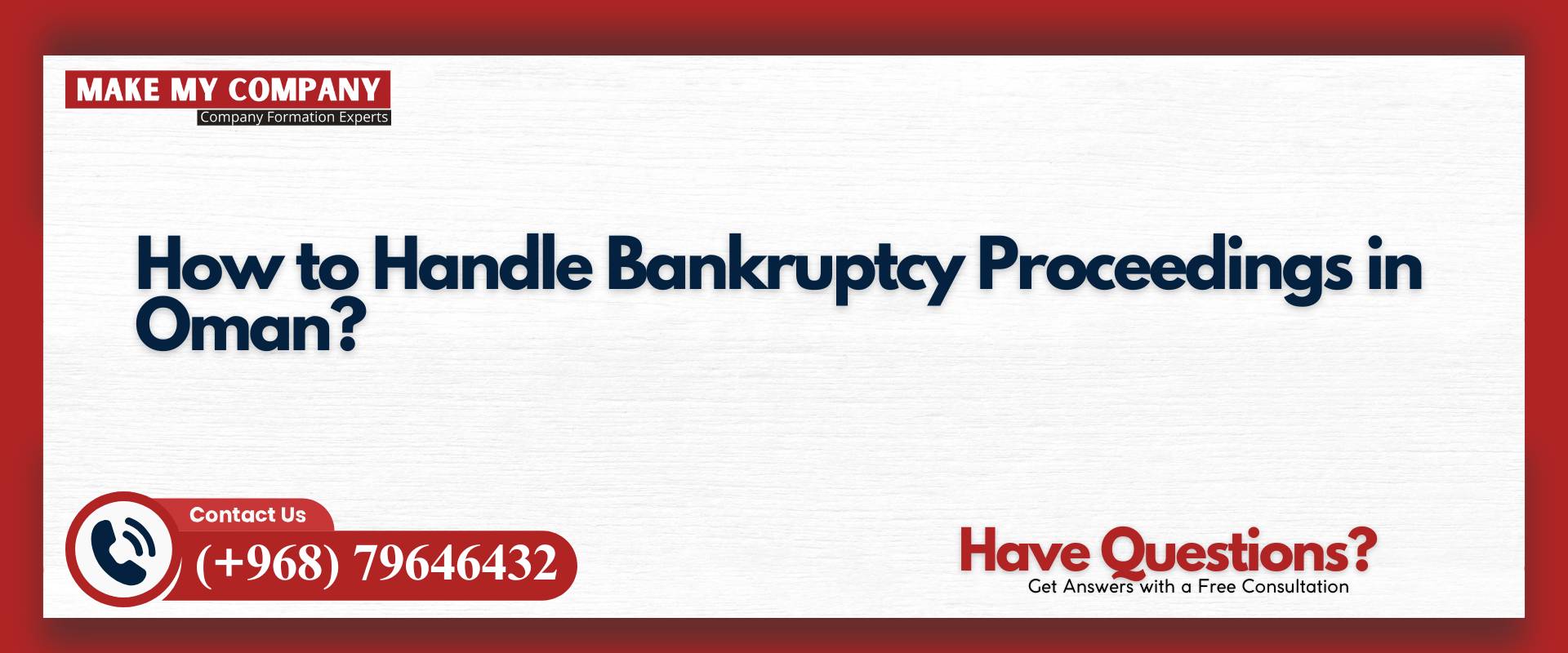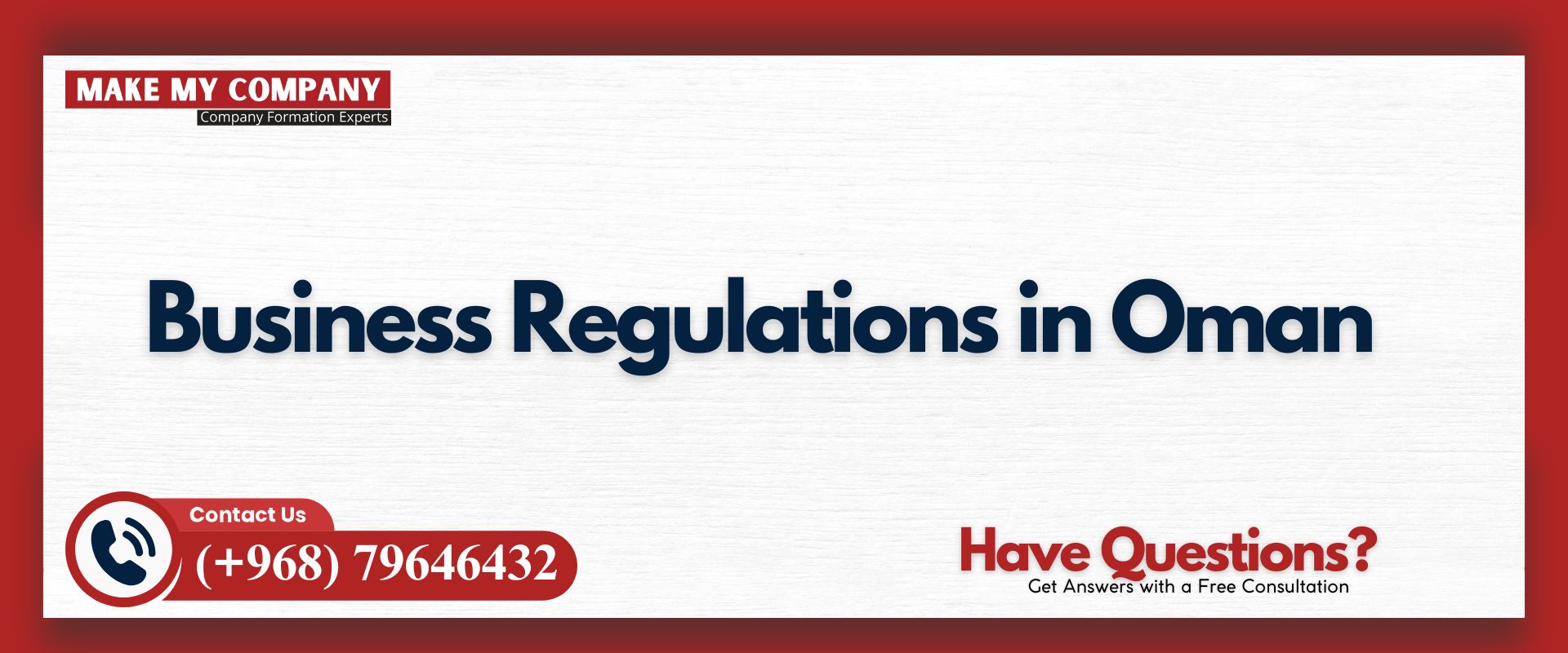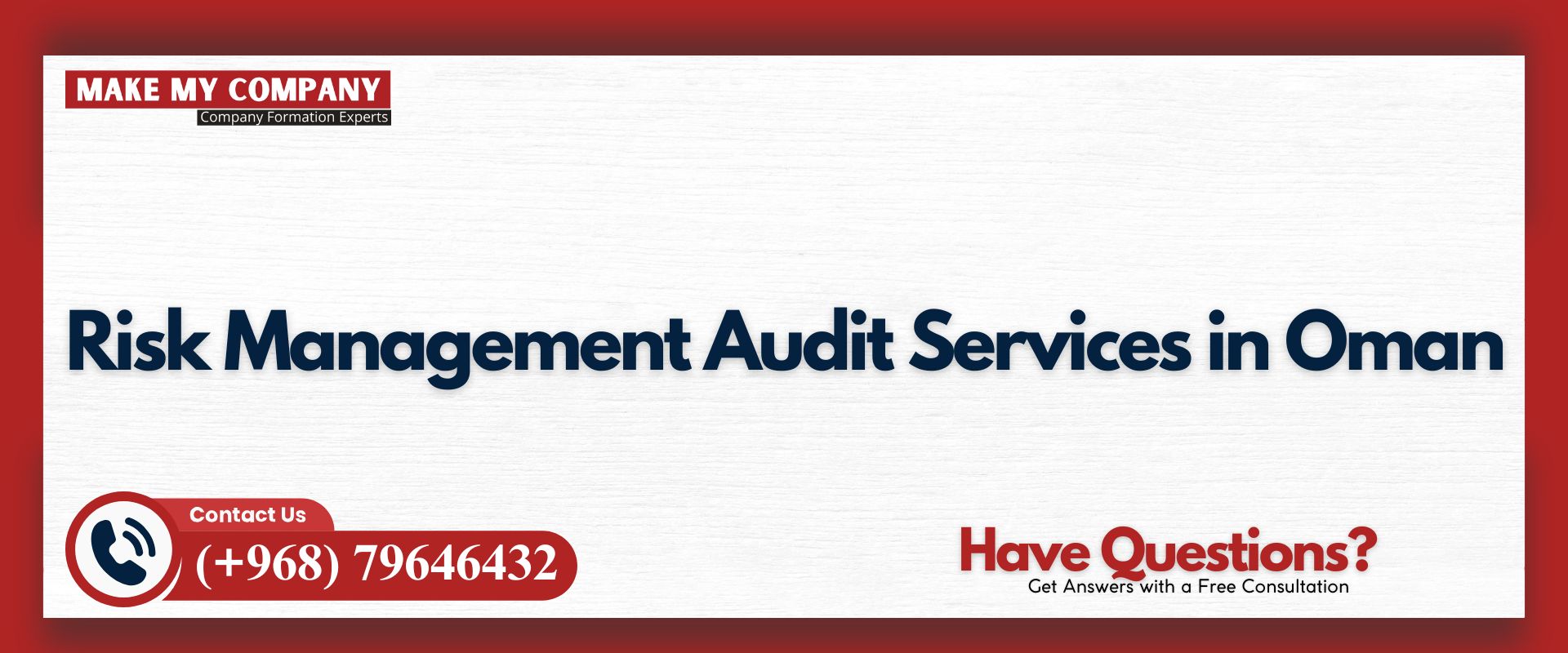Navigating bankruptcy proceedings in Oman can be a complex and overwhelming process, whether you’re an individual or a business owner. Understanding the laws, steps, and procedures involved is crucial to making informed decisions and managing the situation effectively. This guide will provide detailed insights into the bankruptcy process in Oman, covering the legal framework, steps involved, impact on corporate accounts, and more, so you can handle the situation with confidence.
What is Bankruptcy?
Bankruptcy proceedings in Oman are initiated when an individual or business is unable to pay off their debts. This formal process involves the legal intervention of Omani courts to either liquidate the debtor’s assets or offer an opportunity for debt restructuring. The Bankruptcy Law in Oman, implemented in 2020, plays a key role in determining how these cases are handled. It provides protection for businesses by offering alternatives to liquidation, such as rehabilitation, which allows businesses to restructure their debts and continue operations.
The Definition of Bankruptcy
Bankruptcy is the legal status of a person or business that is unable to repay outstanding debts. It’s a process that allows creditors to recover part of the owed amounts, either through liquidation of assets or through debt restructuring. Bankruptcy laws in Oman are designed to protect both the debtor and creditors, ensuring fair treatment for all parties. The introduction of rehabilitation procedures in the Bankruptcy Law allows businesses to propose a repayment plan to their creditors, aiming to avoid the complete closure of their operations.
Types of Bankruptcy
In Oman, bankruptcy can be classified into two primary types:
- Liquidation: This process involves the sale of the debtor’s assets to pay off the outstanding debts. Once the assets are liquidated, the debtor’s obligations are settled, and the bankruptcy process is concluded.
- Rehabilitation: Unlike liquidation, rehabilitation (or debt restructuring) gives the debtor a chance to reorganize their debts, allowing them to continue operating. This is often a preferred option for businesses that wish to recover and avoid the finality of liquidation.
Understanding these two types is essential when navigating bankruptcy proceedings in Oman, as the choice between liquidation and rehabilitation can significantly impact the future of the debtor.
Bankruptcy Laws in Oman
The bankruptcy laws in Oman are central to understanding how the process works and how businesses and individuals can seek legal protection during financial distress. These laws provide a framework for creditors and debtors alike, ensuring transparency and fairness. With the 2020 amendments to the Bankruptcy Law, Oman has modernized its approach to bankruptcy, especially for businesses. The law focuses on providing options like restructuring, which gives businesses the opportunity to recover instead of shutting down completely.
The Legal Framework of Bankruptcy in Oman
The Bankruptcy Law in Oman, along with the Commercial Companies Law, governs the bankruptcy process. It includes detailed provisions on the initiation of bankruptcy cases, the role of the court, and the responsibilities of trustees during the process. The law also outlines how creditors should be treated and sets a priority system for claims against the debtor’s assets. This legal structure aims to ensure that businesses facing insolvency can have a fair chance at survival while ensuring that creditors are repaid.
How the Bankruptcy Law Impacts Individuals and Businesses
For individuals, bankruptcy proceedings in Oman offer a way to discharge debts, but it comes with consequences such as asset liquidation and a long-term impact on the debtor’s credit record. However, businesses have more options, especially with the restructuring provisions. If a business opts for rehabilitation, it can continue operations while making payments according to a court-approved plan. The impact on the business’s future can be significant, as restructuring can allow the company to regain financial stability, protect its workforce, and maintain operations.
Steps in the Bankruptcy Process
Navigating bankruptcy proceedings in Oman involves several key steps, each of which is essential in ensuring that both creditors and debtors follow the correct procedures. Whether you are filing for bankruptcy or involved as a creditor, understanding each phase is vital. The process generally includes filing a petition, the appointment of a trustee, liquidation or restructuring of assets, and the final discharge of debts.
Step 1: Filing a Bankruptcy Petition
The process begins when either the debtor or a creditor files a bankruptcy petition with the court. This petition provides details of the financial situation, including assets, liabilities, and the debtor’s inability to pay debts. If the court accepts the petition, the bankruptcy process moves forward. The court will then decide on the appropriate course of action, which could be liquidation or rehabilitation.
Step 2: Appointment of a Trustee
Once the petition is accepted, the court appoints a trustee who will oversee the bankruptcy proceedings. The trustee’s role is to ensure that the process follows legal procedures, manage the debtor’s assets, and work with creditors to create a repayment or liquidation plan. For businesses, the trustee may also be involved in debt restructuring discussions to help devise a plan that allows the business to recover while paying off its creditors.
Step 3: Restructuring or Liquidation
At this stage, depending on the financial situation, the court will either approve a debt restructuring plan or order the liquidation of assets.
- Restructuring: If the debtor has a viable chance of recovery, they may propose a debt restructuring plan. The creditors must approve this plan, and once it is approved by the court, the debtor will start making payments according to the plan.
- Liquidation: If restructuring is not viable, the court will proceed with liquidation. The debtor’s assets will be sold, and the proceeds will be distributed among the creditors according to the priority of their claims.
Step 4: Repayment and Discharge
The repayment phase involves the debtor making payments under the terms of the restructuring plan or from the proceeds of the liquidation. Once all obligations are fulfilled, the remaining debts may be discharged, and the debtor is legally free from the financial burden. The bankruptcy process is officially concluded once the debts are resolved, either through asset sale or restructuring.
Impact of Bankruptcy on Corporate Bank Accounts
One of the most crucial aspects of bankruptcy proceedings in Oman for businesses is understanding how bankruptcy affects corporate bank accounts. A corporate account plays a central role in business operations, but during bankruptcy, it may be frozen, and any funds can be used to pay off creditors. How a corporate account is handled depends on whether the company opts for liquidation or rehabilitation.
Managing Corporate Accounts During Bankruptcy
In the event of bankruptcy proceedings in Oman, businesses may need to freeze their corporate accounts to prevent unauthorized transactions. If the company opts for restructuring, the accounts may remain active, but any cash flow will be carefully managed under the supervision of the trustee. This ensures that the business meets its obligations to creditors while still operating.
How to Protect Your Corporate Bank Account
Protecting your corporate bank account during bankruptcy is essential for both creditors and debtors. The bank will usually freeze accounts during liquidation until a resolution is reached. If the company is undergoing restructuring, it’s important to notify the bank about the bankruptcy and work with the trustee to manage the account according to the court-approved repayment plan.
Corporate Bank Accounts and Creditors
Creditors have the legal right to claim debts from the business’s bank account during bankruptcy proceedings in Oman. However, if a business is going through restructuring, creditors must work with the business to ensure that the agreed-upon plan is followed. The involvement of the trustee ensures that the funds are managed appropriately and that creditors receive their due payments.
Business Laws in Oman and Bankruptcy
The business laws in Oman play an integral role in the bankruptcy process, particularly the Commercial Companies Law, which regulates the formation, operation, and dissolution of companies in Oman. Understanding these laws is crucial when navigating bankruptcy proceedings in Oman. They help ensure that both businesses and creditors follow legal protocols during the process.
The Role of Business Laws in Bankruptcy
Business laws provide the foundation for managing bankruptcy proceedings in Oman. The Commercial Companies Law governs the rules for the closure or restructuring of a business and outlines how businesses should operate in times of financial distress. These laws ensure that the bankruptcy process is fair and orderly, protecting both business owners and creditors.
Labour Laws During Bankruptcy
The labour laws in Oman are crucial in bankruptcy cases, especially for businesses. When a business is undergoing bankruptcy, employees have rights regarding their unpaid wages, severance, and other entitlements. Labour laws ensure that employees are fairly treated even during bankruptcy proceedings, providing protection for their livelihood.
Foreign Investment Laws and Bankruptcy
For foreign investors in Oman, the Foreign Investment Law governs their participation in business operations. When bankruptcy occurs, it’s essential to understand how these laws apply to foreign investors, as they may affect how creditors outside of Oman are treated or how foreign assets are handled.
The Rehabilitation Process: A Key Element of Bankruptcy
Rehabilitation plays a critical role in bankruptcy proceedings in Oman, especially for businesses. Unlike liquidation, where a company’s assets are sold off, rehabilitation allows a company to reorganize its debts and continue operating. This is a crucial tool for businesses that are facing financial difficulties but have a chance of recovery.
Rehabilitation vs. Liquidation
The key difference between rehabilitation and liquidation lies in the business’s ability to continue operating. Rehabilitation involves restructuring debts and negotiating new terms with creditors, which can allow the company to regain profitability. Liquidation, on the other hand, is a final process in which the company’s assets are sold off to settle debts, and the business is dissolved.
The Role of Creditors in the Rehabilitation Process
Creditors are actively involved in the rehabilitation process, as they need to approve the debt restructuring plan. These negotiations are critical, and if creditors agree to the terms, the company has a better chance of successfully restructuring its debts and avoiding liquidation.
Conclusion
Bankruptcy proceedings in Oman can be complicated, but understanding the legal framework, processes, and steps involved can help businesses and individuals navigate the situation more effectively. Whether you are looking at liquidation or debt restructuring, knowing your rights and obligations can make a significant difference.
If you find yourself needing expert guidance during bankruptcy proceedings in Oman, it’s essential to consult with professionals who understand the legal nuances. At Make My Company, Business Setup Company in Oman we offer comprehensive support throughout the bankruptcy process, helping you understand business laws and navigate the complexities of financial distress. Our team of experts can help you manage your corporate bank accounts, ensure compliance with Omani laws, and create a plan for recovery during tough times.









